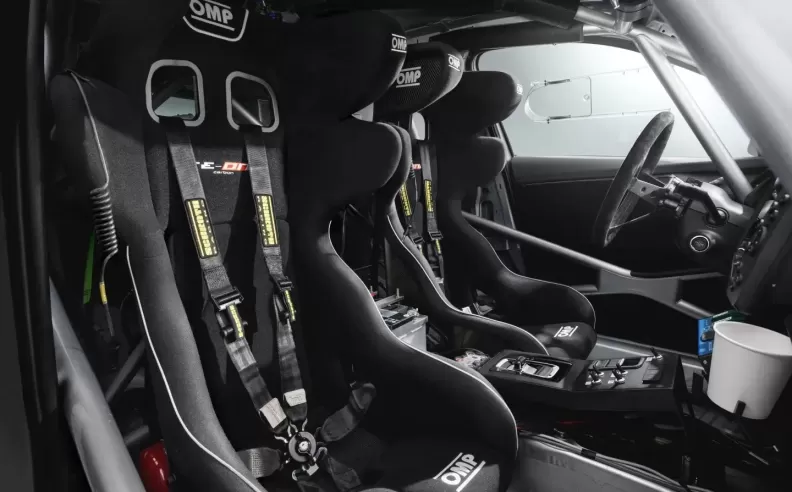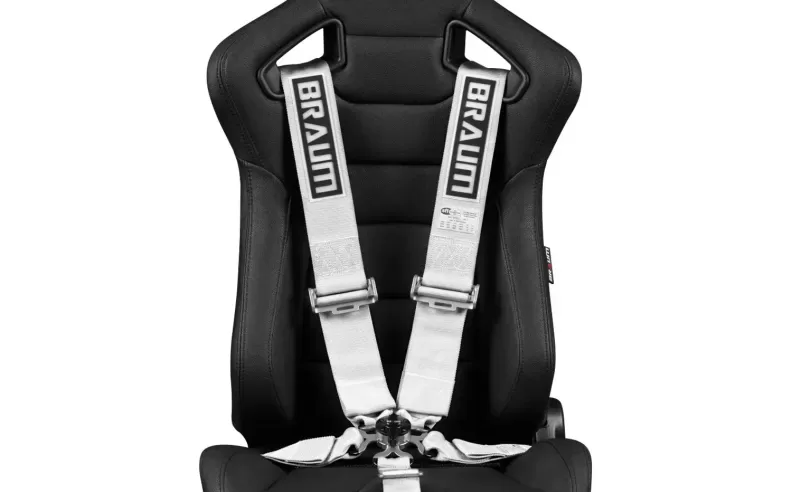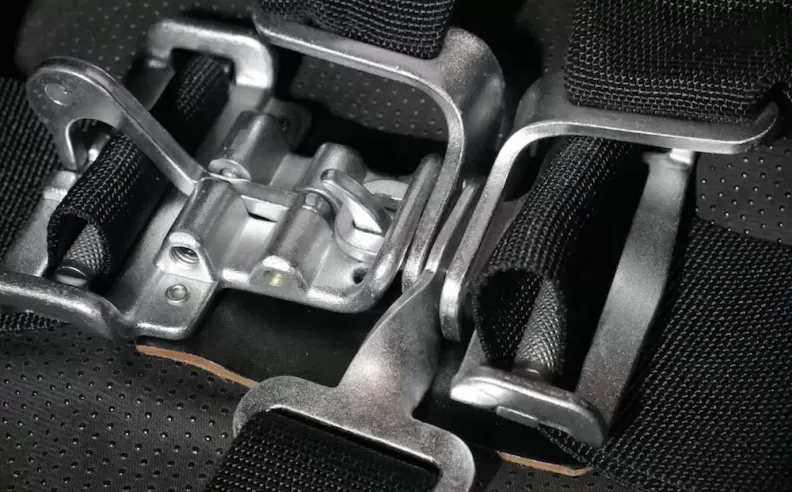
Seat belts are an integral component of automotive safety, designed to protect passengers in the event of a collision. While the fundamental purpose of seat belts in road cars and racing cars is the same—to prevent injury during accidents—there are significant differences in design, function, and usage between the two. In this article, we will explore the distinctions between road car seat belts and racing car seat belts.

Road Car Seat Belts:
Road car seat belts, commonly referred to as three-point seat belts, are designed with everyday comfort and convenience in mind. They typically consist of a combination of webbing and metal components. The webbing is made from strong, durable materials like polyester and nylon, designed to withstand the forces of a typical road accident.
Racing Car Seat Belts:
Racing car seat belts, on the other hand, are specifically engineered for high-performance environments. They are often referred to as harnesses and are made from more robust materials, such as Kevlar or carbon fiber. Racing harnesses are designed to withstand extreme forces, such as those experienced during high-speed impacts and cornering. They feature multiple attachment points, securing the driver tightly to the seat to prevent movement during racing.

Road Car Seat Belts:
Three-point seat belts used in road cars typically have three attachment points: one at the lap belt, one at the shoulder, and one at the retractor. This design allows for ease of use and comfort for everyday commuting. The primary purpose is to secure the occupant in place while minimizing discomfort.
Racing Car Seat Belts:
Racing harnesses, on the other hand, have multiple attachment points. They often include a minimum of five or even six attachment points, providing a more comprehensive and secure restraint system. These multiple attachment points distribute the forces evenly across the body, minimizing the risk of injury during high-speed impacts or accidents on the race track.

Road Car Seat Belts:
In road cars, seat belts are designed to be adjustable for various body types and sizes. They have features such as belt length adjusters and height-adjustable shoulder anchors to provide comfort and accommodate passengers of different sizes. Adjustability is essential for everyday driving comfort.
Road car seat belts feature quick-release mechanisms that are easy to operate, allowing passengers to exit the vehicle swiftly in case of an emergency. The design prioritizes ease of use and quick release over security.
Racing Car Seat Belts:
Racing harnesses are generally less adjustable. They are designed to fit the driver snugly and securely, minimizing any potential movement during racing. While some adjustments are possible, the emphasis is on providing a secure and consistent fit for maximum safety.
Racing harnesses often incorporate more complex release mechanisms, such as cam lock or latch-and-link systems. These mechanisms provide additional security but may be less intuitive and slower to operate in comparison to road car seat belts.
In summary, while both road car seat belts and racing car seat belts share the fundamental purpose of occupant safety, they differ significantly in design, material, number of attachment points, adjustability, and release mechanisms. Road car seat belts prioritize comfort, ease of use, and adaptability for everyday driving, while racing car seat belts focus on maximum security and stability during high-speed racing conditions. Choosing the right seat belt for the intended purpose is crucial for ensuring the safety of drivers and passengers in both road and racing environments.

Wael is an automotive content writer specializes in creating written content for Motor 283. Producing a wide range of content, including blog posts, articles, product descriptions, reviews, and technical guides related to cars, trucks, motorcycles, and other vehicles, with an unprecedented passion for cars, and motorcycles.
